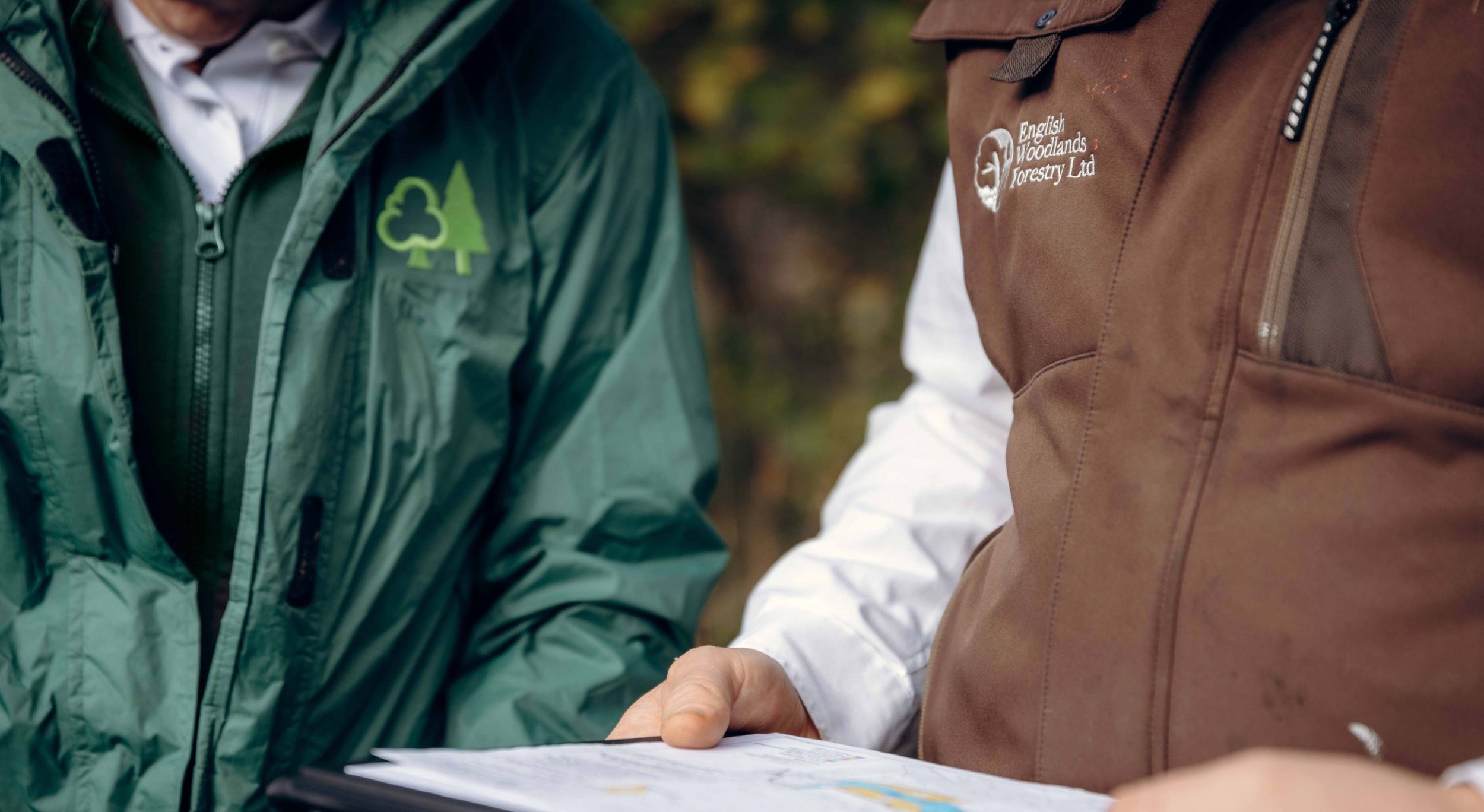
Landowners are legally
responsible for the safety
of any trees on their property
Landowners are legally responsible for the safety of any trees on their property. Our qualified arboriculturist can undertake the necessary surveys and provide recommendations to ensure a landowner can demonstrate their reasonable responsibility.
This includes:
A Tree Risk Survey – a baseline survey identifying potential hazards, specifying the level of risk and the urgency of action. Including maps and marking of trees
A Tree Risk Management Plan – A detailed plan and zoned map identifying actions required to reduce risks
Any tree risk work identified in the surveys and plans can be budgeted for and organised by English Woodlands Forestry. We only employ contractors with all the necessary health and safety, insurance and professional qualifications. Some of this work can require road closures and/or specialist equipment all of which can be arranged with appropriate supervision.
We ensure that timber is moved within all the regulations, covering plant passports, plant health notices, SPHN (Statutory Plant Health Notices), International Standards for Phytosanitary Measures (ISPMs) and of course felling licences and tree preservation notices. The felling of any tree can be a emotive subject and we make sure you are covered.
See our Tree Risk case study
Tree pests and diseases are an increasing concern to woodland owners with numerous outbreaks in England now affecting many of our native and non-native tree species. Our team keep up-to-date with the latest science/symptoms guides/treatment guidance and legal requirements associated with Tree Health and can offer advice accordingly.
In the South East of England there are some particular pests and diseases of note:
Ash Dieback (Hymenscyphus fraxineus) – a deadly fungal pathogen affecting up to 90 % of our native ash trees and creating a particular risk when infecting trees along roads or public access routes
European Spruce Bark Beetle (Ips typographus) – a serious pest on spruce trees
Ramorum Disease (Phytophthora ramorum) – a fungal-like organism that particularly affects Larch species and to a lesser extent Sweet Chestnut.
We work with many owners to minimise the risk of disease in their woodlands. This can be through pre-emptive woodland management, thinning or species diversification - or through sanitation felling of infected trees.

Book a consultation
Tree Risk // Tree Health

Other services
Forestry & woodland management
Woodland management is critical to maintain the health, biodiversity and timber value of woodlands. Sensitive management can increase and enhance special features, protect ecology and promote recreational potential.
Woodland creation & carbon sales
Government policy is creating a push for woodland creation as we aim for net zero carbon emissions and increased habitat for biodiversity. We can assist with Woodland Creation projects at any scale.
Grant applications & management
There are numerous grants available to support woodland management and woodland creation. Our experienced team has a thorough understanding of these complex grants - and of the evolving policy as these grants change.
Timber production
& sales
Getting the maximum value from your timber is critical. Our timber extraction is completed to the best possible standard with regard for health and safety, the environment and the long-term value of the wood.






